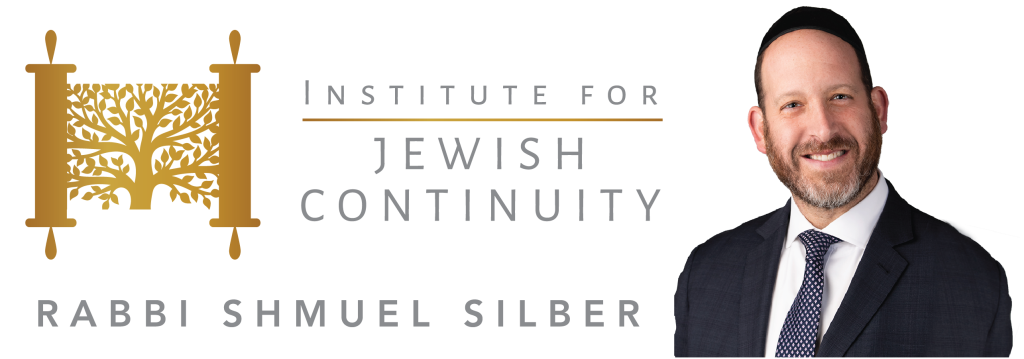The entire congregation of the children of Israel arrived at the desert of Zin in the first month, and the people settled in Kadesh. Miriam died there and was buried there… The whole congregation saw that Aaron had expired, and the entire house of Israel wept for Aaron for thirty days (Bamidbar 20:1,29)
It was the close of a generation. We read of the passing of Miriam and Aharon, the sister and brother of Moshe Rabbeinu and in many respects the partner leaders of the Jewish nation. In addition to this necessary piece of historical information, Rashi explains that the passing of Miriam contains an important message: Why is the passage relating Miriam’s death juxtaposed with the passage of the Red Cow? To teach you that just as sacrifices bring atonement, so the death of the righteous secure atonement (Bamidbar 20:1).
In the preceding section, the Torah discusses the laws of the Parah Adumah (Red Heifer). This was a unique sacrificial procedure to purify one who had contracted ritual impurity through contact with a corpse. From Rashi’s perspective, Biblical juxtapositions are never random, and as such the Torah is linking the purification achieved from the ashes of the Red Heifer to the purification received through the death of Miriam.
Rav Kalonymos Kalmish Shapira, the Rebbe of Piacezna in his sefer Aish Kodesh asks a simple question. The Torah is teaching us that the death of a great person atones for the generation in the same way in which korbanos (sacrifices) atone for the owner. Why does the Torah choose to teach us this law through Parah Adumah? Why not teach us this law from other offerings? The book of Vayikra is filled with sacrificial law, why not bring out this idea in the third book of the Torah? Why is this derived specifically from Parah Adumah?
The Rebbe provides an incredible insight. In discussing the symbolism of the Red Cow, Rashi comments: A red cow: This can be compared to the son of a maidservant who soiled the king’s palace. They said, “Let his mother come and clean up the mess.” Similarly, let the cow come and atone for the calf (Bamidbar 19:22).
The Parah Adumah is a form of atonement for the Golden Calf. It is the mother coming and cleaning up the mess made by her child. The Red Heifer is taking responsibility for its young Golden Calf. This was Miriam. Miriam, possessed a love for all “her children” even though they were not her own biological family. Miriam’s heart was filled with compassion, empathy, care and concern for every member of the Jewish nation. This is the nature of the juxtaposition. The same way the Red Cow comes to atone for the sin of its young calf, Miriam spent her years toiling, helping and building her people. This is the deeper meaning of the concept, “the death of the righteous atones.” When Miriam passed away, people felt the void, there was less love and devotion. They took it upon themselves to fill that void and in this way, her death provided atonement.
There are many important lessons to be learned. It is easy to love our family, our friends and our immediate community with whom you identify. But that is not greatness. Greatness is found in those who have an open heart for the entire Jewish nation, not just the ones who are like us. Greatness is found in those who possess the wellsprings of compassion and empathy. Greatness is found in those who think beyond themselves, those who choose to be like Miriam.
There are times when we think about the leaders of yesteryear. We reflect on their greatness and selflessness and feel sad that our world no longer has their light. Where there is a void, we have the ability to step in, roll up our sleeves and continue their holy work. The death of tzaddikim (righteous people) atones, for their memory inspires us to become great and illuminate the world with our deeds and actions.
Sourcesheet

